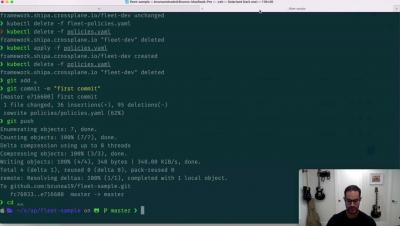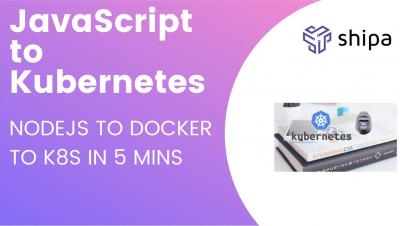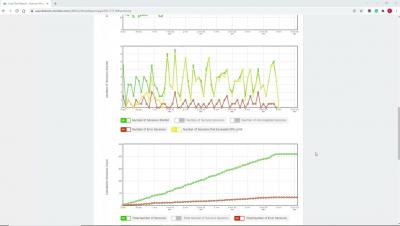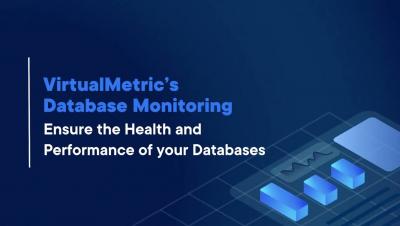GitOps stack with Rancher Fleet and Shipa
Learn how to quickly build a complete GitOps stack using Fleet and Shipa Rancher Fleet is a recent project from Rancher. Fleet is easy to implement, and by connecting it to Shipa, you have a complete Application Platform that uses GitOps as the delivery method.











